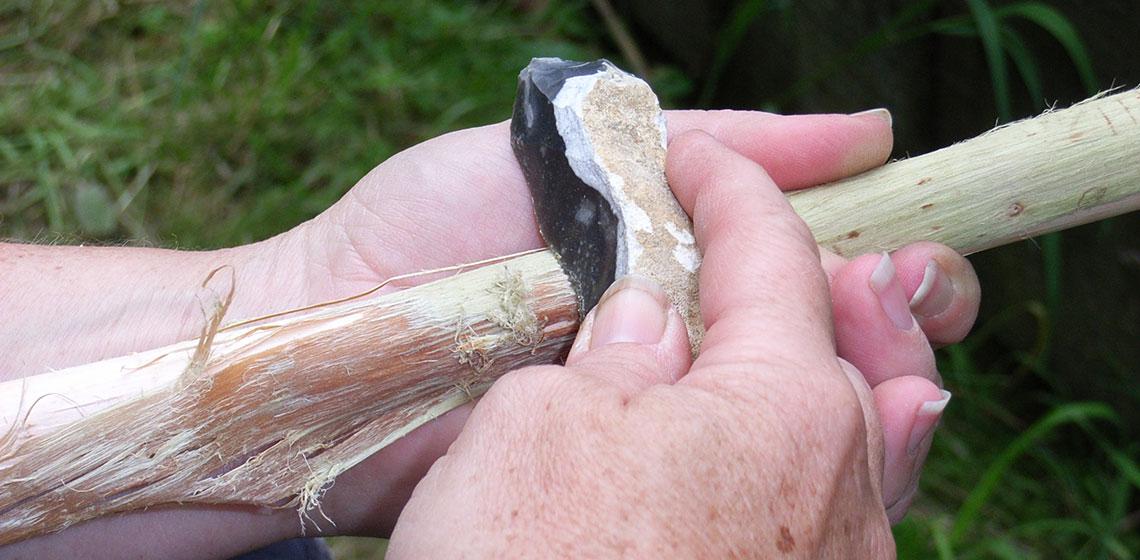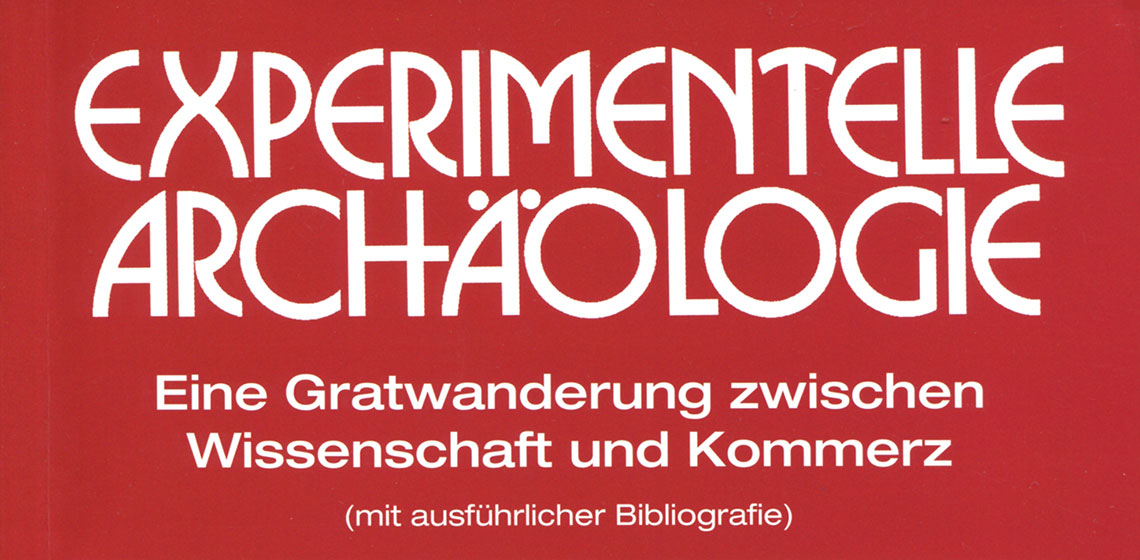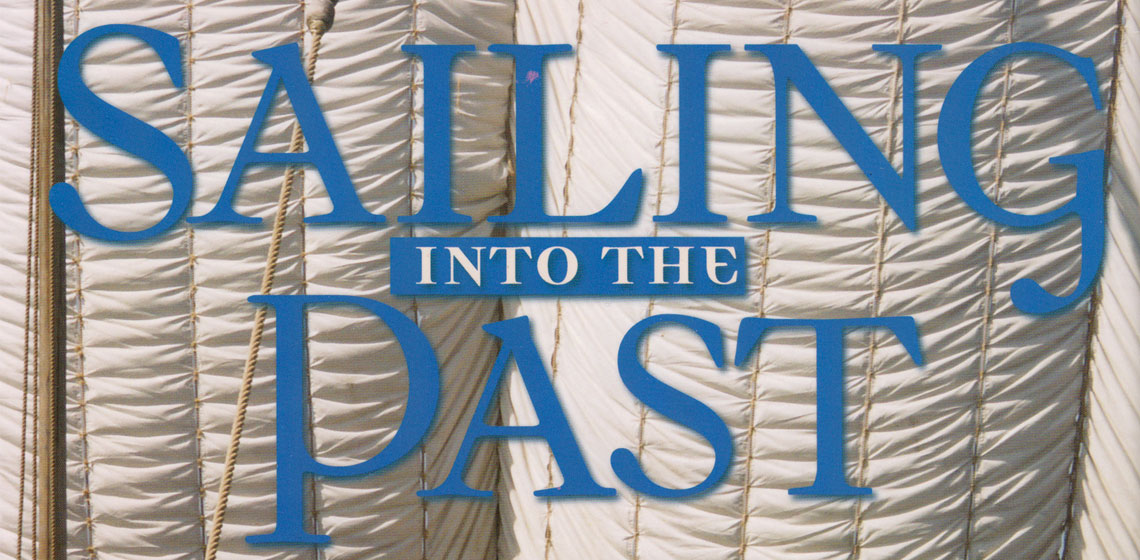How do you see the difference between an old and a new object (CH)?
There are numerous copied artefacts. It is quite well possible to copy prehistoric objects. For a layman it is especially in the case of flint objects difficult to see the difference between a copy and an original. Archaeologists however can generally speaking discern such "fakes"...




